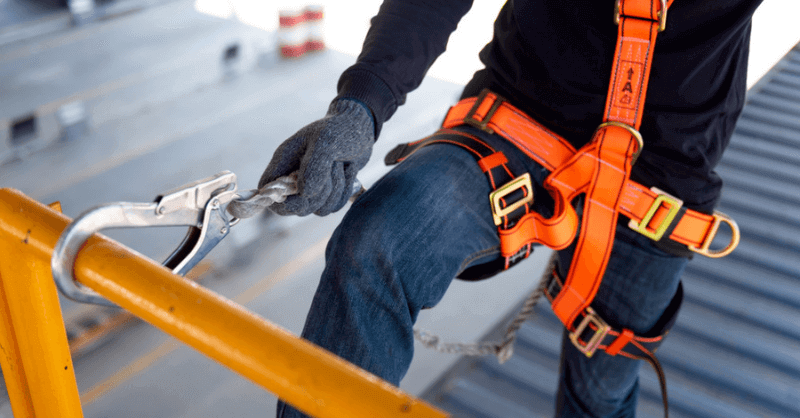There are multiple ways to document the risk assessment report. Writing on papers can be an easy way, but it takes a lot of time. However, this option is prone to take a much longer time for its descriptive nature.
In that case, a template can be helpful. Hence, you can check and can add short remarks on it. After all, a risk assessment template can make your work quicker, organised, easy and effective.
Here are 6 examples of risk assessment report with templates:
1. Dynamic Risk Assessment Template
2, Office Risk Assessment Template
3. HSE Risk Assessment Report
4. COSHH Risk Assessment Template
5. Fire Risk Assessment Template
6. Construction Risk Assessment
Dynamic Risk Assessment Template
Let’s see an example of a dynamic risk assessment conducted by Michael Johnson for One Education. Here he inspected the workstation and found a faulty cable connection. So he prepared an assessment report in the following way.
Get Full Report
Area of work:
He indicated the area he had inspected with a specific location and company name.
Description of the work:
I walked across the workplace and found a faulty electric cable with no insulation. The cable was plugged into a socket to connect the printer. I supposed that the line is risky and can cause any hazards in the office area, e.g., electrical short circuit or printer damage.
So Michael describes the entire event and what could be the possible outcome of it. Keep in mind; you have to mention the things you have inspected so that anyone can easily understand them.
Types of hazards:
Here, in this case, it falls under the physical hazards. It can be an accident due to an electrical short circuit or maybe a cause of the fire.
Likelihood:
The possibility of someone getting injured from the risk is very likely.
Consequences:
The damages range from minor to significant injury or even death. So Michel mentioned it as fatality to ensure the highest safety.
Who is at risk?
From the case, it is clear that the person or party at stake here can be many. It can cause accidents to any employees, or even the whole office area can be affected. Electrical devices connected to it may damage due to a short circuit. Hence, Michael mentioned it.
Available Safety Measures:
No available safety measures were available.
Controls:
Replacing the wire is the best possible solution here, Michael advised. Again, immediate action like detaching all the connections available with it can be the primary step.
Recommendation: He was also advised to avoid the area until the area is secure.
Overall Risk Rating: As per the risks available, the report shows high-level risk.
Assessment Date: It shows the date of inspection and the completion date of the assessment.
Assessed by: Here in this report, Michael is the person who assessed it.
Review Date and Person: This area shows whenever further checking is needed and who will perform that.
Signature: The sign & seal of the person or department conducted the complete risk assessment.
Download A Free Template
Office Risk Assessment Template
It allows you to conduct risk assessments for your office. It can be your workplace safety, kitchen hygiene, fire safety, and others. Thus, it ensures overall workplace safety, reducing workplace injuries. It is similar to the previous one.
HSE Risk Assessment Report
Prepare a report following all the health and safety executive protocols. Referring to the HSE standards, every employer must ensure the safety of his employees. It is a legal requirement for them. This assessment report describes the party at risk, the possible causes of damage, and how to control it.
COSHH Risk Assessment Template
This control of substances hazardous to health assessment template is to measure the risks caused by hazardous substances exposure. Identify hazards associated with the work and find what measures have to be taken or which protective equipment have to be used while dealing with these dangerous substances.
Fire Risk Assessment Template
Fire workers always deal with the highest level of risk factor. It involves saving lives & assets while ensuring their safety as well. Identify the risks of your operation and determine which measures can prevent it or control the risk. A fire risk assessment can make these tasks easier and faster.
Construction Risk Assessment
Construction work possesses a lot of risky tasks. Accidents from falling objects, slip and fall injuries, or caught between machinery are examples. Assessing the risk factors can reduce the damages and injury while taking preventive measures for uncertain dangers.
Others:
Apart from these, some other risk assessments are needed, such as job hazard analysis, environmental risk assessment, manufacturing risk assessment, working at height risk analysis, etc. The ultimate goal of these assessments is either to reduce the risk factor or to control them.


![]() 18 minutes
18 minutes